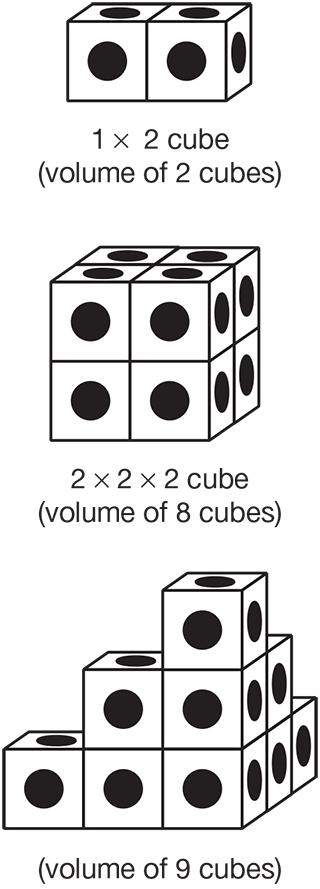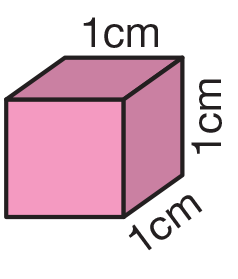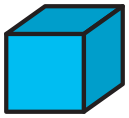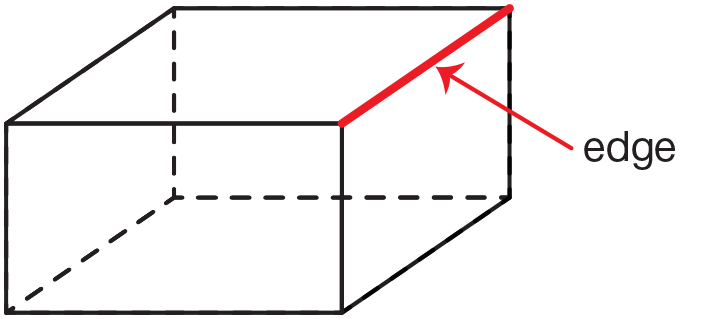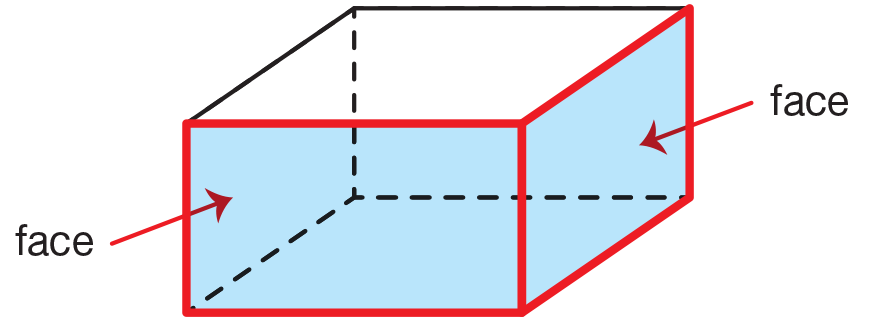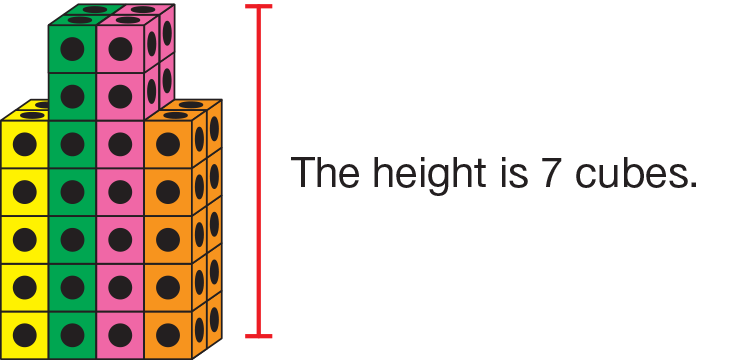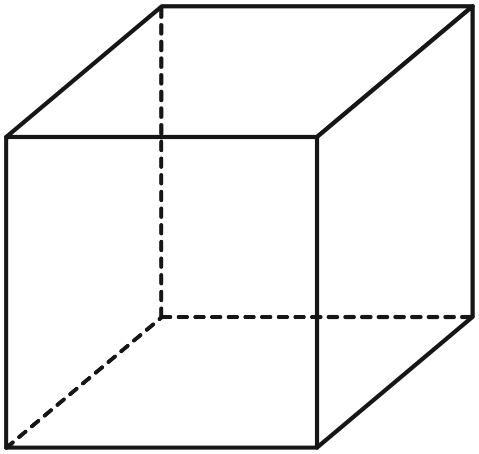Students are introduced to the concept of volume and learn to determine volume by counting connecting cubes. They use connecting cubes to construct different buildings that have a volume of eight cubic units and use number sentences to describe each building.
Content in this Lesson
- Measuring volume by counting cubic units [E3].
- Recognizing that different shapes can have the same volume [E5].
- Sorting shapes by height.
- Representing volume using number sentences [E2].
- Developing visualization and spatial reasoning skills [E6].
- Composing shapes from cubes.
Daily Practice and Problems A–D
Assessment in this Lesson
| ASSESSMENT | EXPECTATION ASSESSED |
|---|---|
| Observe Sort Buildings by Heights Teacher Guide - digital |
|
|
Two Buildings with the Feedback Box Student Activity Book Pages 431–432 |
|
|
DPP Item A Addition Flash Cards: Group B Teacher Guide - digital |
|















